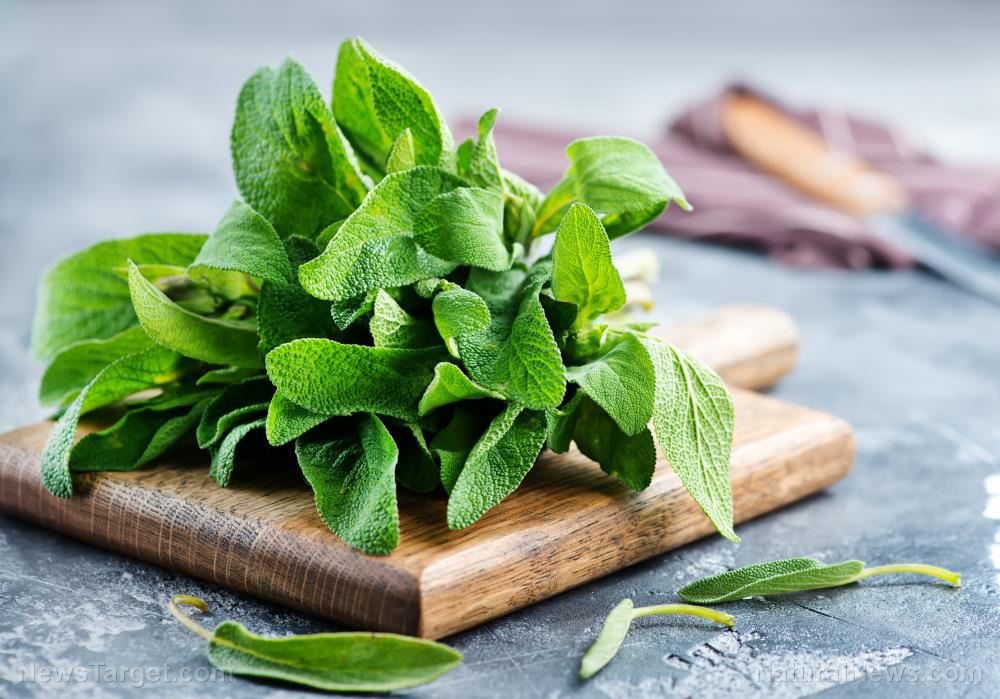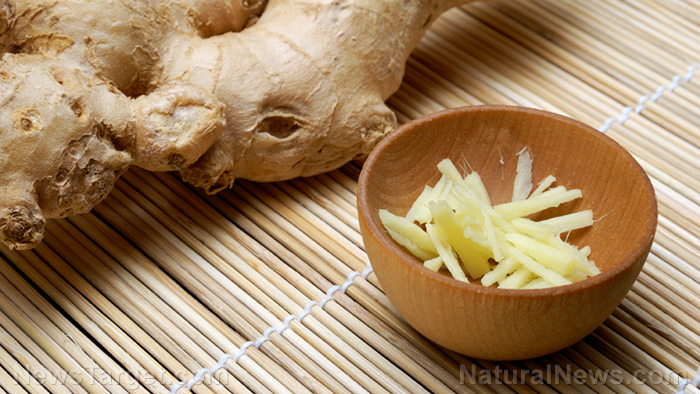
Advertisement
If you have a garden, you’ve probably encountered some weeds growing in your carefully cultivated space. These commonly undesirable plants are typically seen as a nuisance or a waste of lawn space by both gardeners and non-gardeners alike. However, a prepper with a keen eye might find some beneficial use for these plants. When SHTF, you can utilize these common weeds as natural remedies or as sources of nutrition for your survival needs. (h/t to Survivopedia.com)
Stinging Nettle
Stinging nettle is a common weed that can be found in many countries all around the world, though it tends to thrive in meadows and wet environments rather than in drier regions. There are different kinds of nettle, and they get their name from the sharp hairs or “nettles” that cover the stems. These nettles can sting quite badly if they make contact with your skin. The leaves can also irritate your skin due to the chemicals they contain. Despite these obstacles, stinging nettle is a highly versatile plant that can be invaluable to preppers when used responsibly. When SHTF, it can be ingested to boost your intake of vitamins and protein. Just be sure to eliminate the toxins and nettles first by soaking the leaves in water. Remember to use heavy gloves when handling this plant. Its natural anti-inflammatory properties can also allow it to be used as a natural remedy for the treatment of a number of conditions, such as benign prostate hyperplasia (BPH), rheumatoid arthritis, seasonal allergies, and more. (Related: Stinging nettle can be used to remedy diabetes, rheumatoid arthritis, and allergic rhinitis.)

Dandelion
Dandelion might be a bitter-tasting herb, but you can’t be picky during a survival situation. This edible plant can be used as both a medicine and a food source. Its leaves possess diuretic properties that can help strengthen your kidneys. The roots can help treat liver stagnation and aid in cleansing your blood. You can use either fresh or dried dandelion to make a tincture that can support three out of your body’s five elimination systems. Dandelion can also be used to support the healthy function of your digestive system.
Burdock
Also known as “gobo” in some Asian groceries, burdock is a useful adaptogenic herb that can help nurture your blood and all the organs in your body. While the whole burdock plant is edible, you will want to focus on using the roots, since the leaves only grow increasingly more bitter with time. You can use this bitter herb to strengthen and protect your kidneys, liver and lungs.

Plantain
If you’re out in the wilderness and are in need of a quick snack, you can pull one of these flower stalks out of the ground and chew on it. It can also help your body achieve homeostasis. When chewed into a mash and applied topically, it can help draw out impurities from your body, such as snake or spider venom. Use plantain as a salve to soothe areas on your skin that have been affected by bug bites or infection.
Grass
Did you know that wild grass — which you can find almost anywhere — contains all eight essential amino acids? If you ever find yourself in a survival situation, starving and desperate for food, remember that grass can make for excellent survival food. You might find that some grasses are too tough to eat directly. In this case, simply chew on the blades to get some of that nourishing juice, and spit out the stringy pulp afterward.
Amaranth
Amaranth can make a delicious survival food. Commonly known as pigweed, this plant can provide plenty of protein from its leaves and tiny black seeds.
Read PlantMedicine.news for more reports on finding medicine in wild plants.
Sources include:
Submit a correction >>
This article may contain statements that reflect the opinion of the author
Advertisement
Advertisements
















